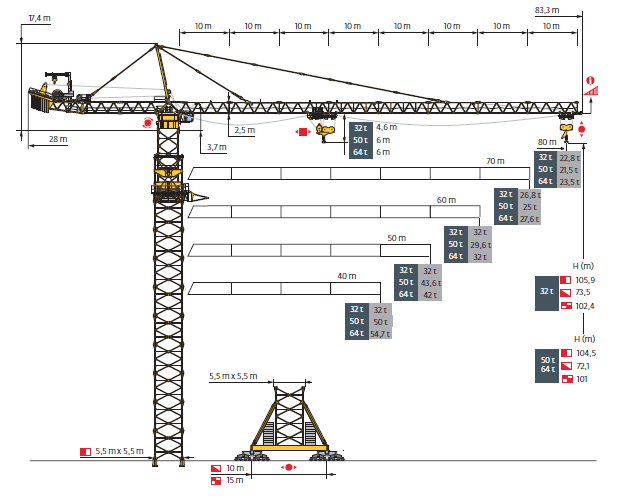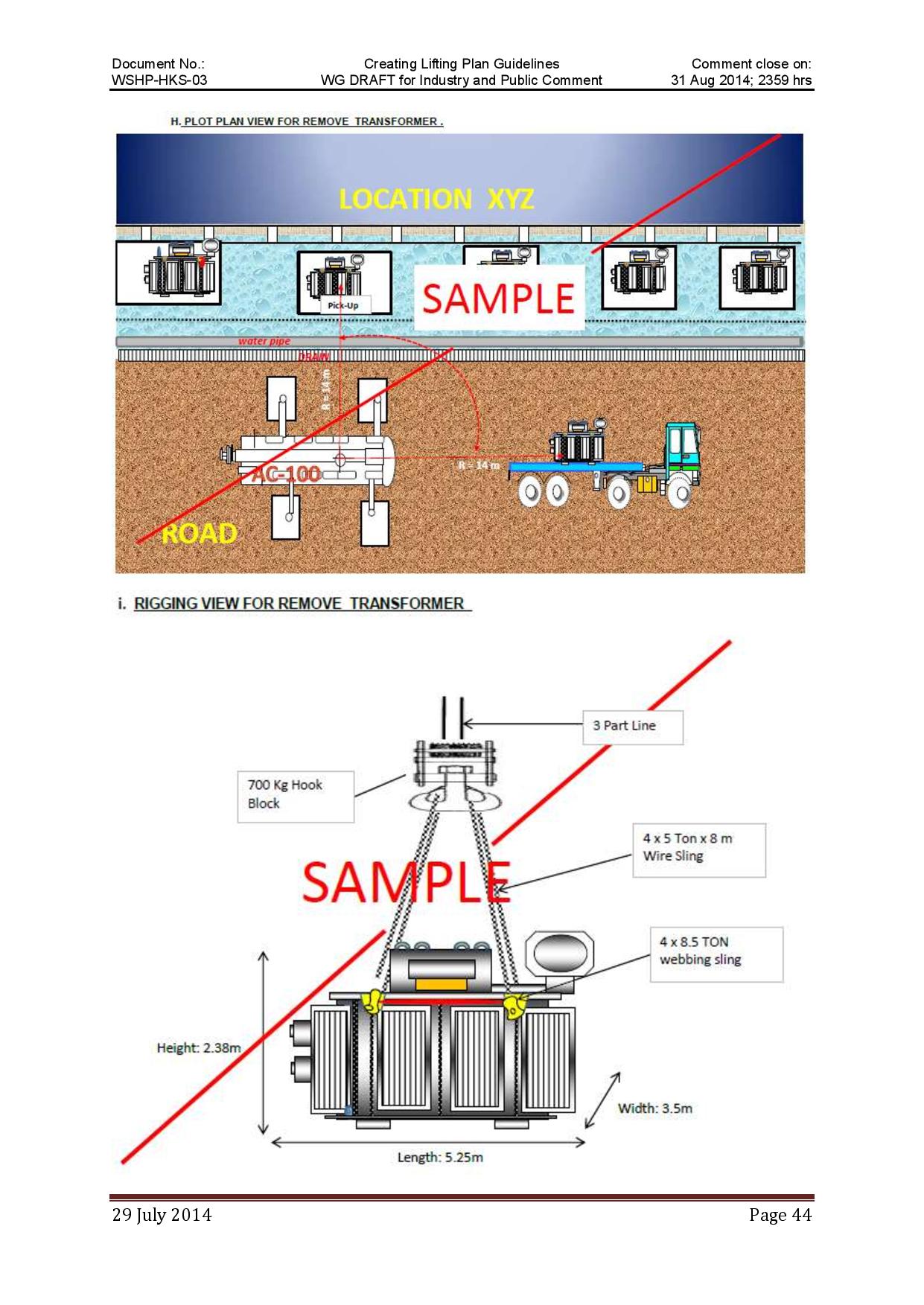
Travel speed shall not exceed 4 km/h (2.5 mph).

Have specific prior written approval from Project Management for each crane lift performed at night.Have an approved Critical Lift Plan on site prior to each crane lift performed at night (between sunset and sunrise).Have prior written approval from the Project Management for crane suspended personnel platform operations that are performed at night.

Not perform crane suspended personnel platform lifts in wind speeds exceeding 25 km/h (15 mph – 13 knots – 7 meters/second). Have a Crane Suspended Personnel Platform Permit properly completed, signed, and onsite prior to the lift.ĭe-rate the crane by 50% of the load chart. Have an approved Critical Lift Plan on site prior to the lift. Only allow work from, or transport by, a crane suspended personnel platform when conventional means of performing the work or reaching the work site would be more hazardous, or is not practical, because of structural design or work site conditions. Have a separate, approved Critical Lift Plan on site prior to the lift, each time one of these types of lifts is performed. Utilize cranes of same size, manufacturer, and model, if possible, (except tailing lift) for tandem (multiple), and turning lifts. Tailing lifts, tandem (multiple cranes), or turning lifts:ĭe-rate all cranes involved in the lift by 25% of the load chart.



 0 kommentar(er)
0 kommentar(er)
